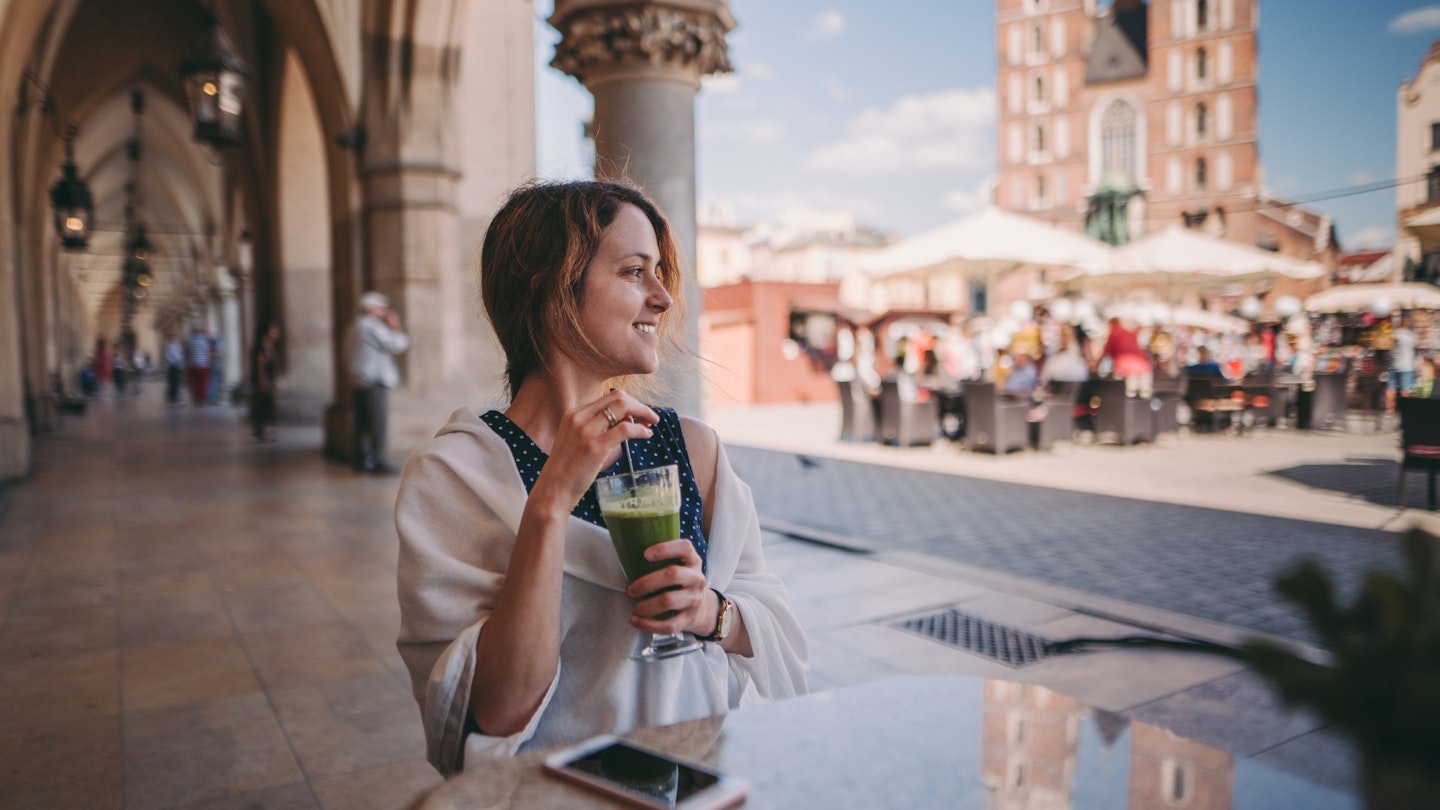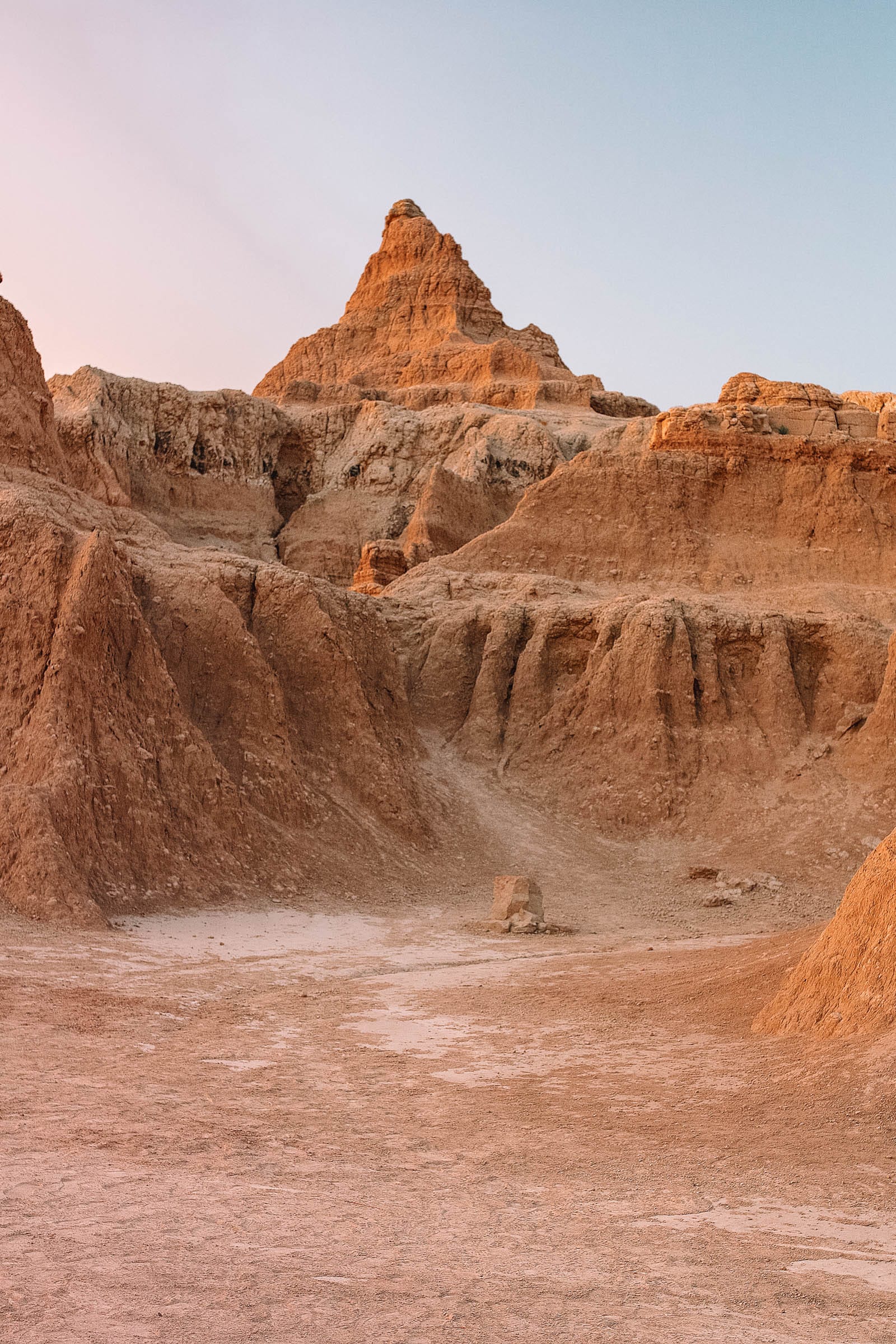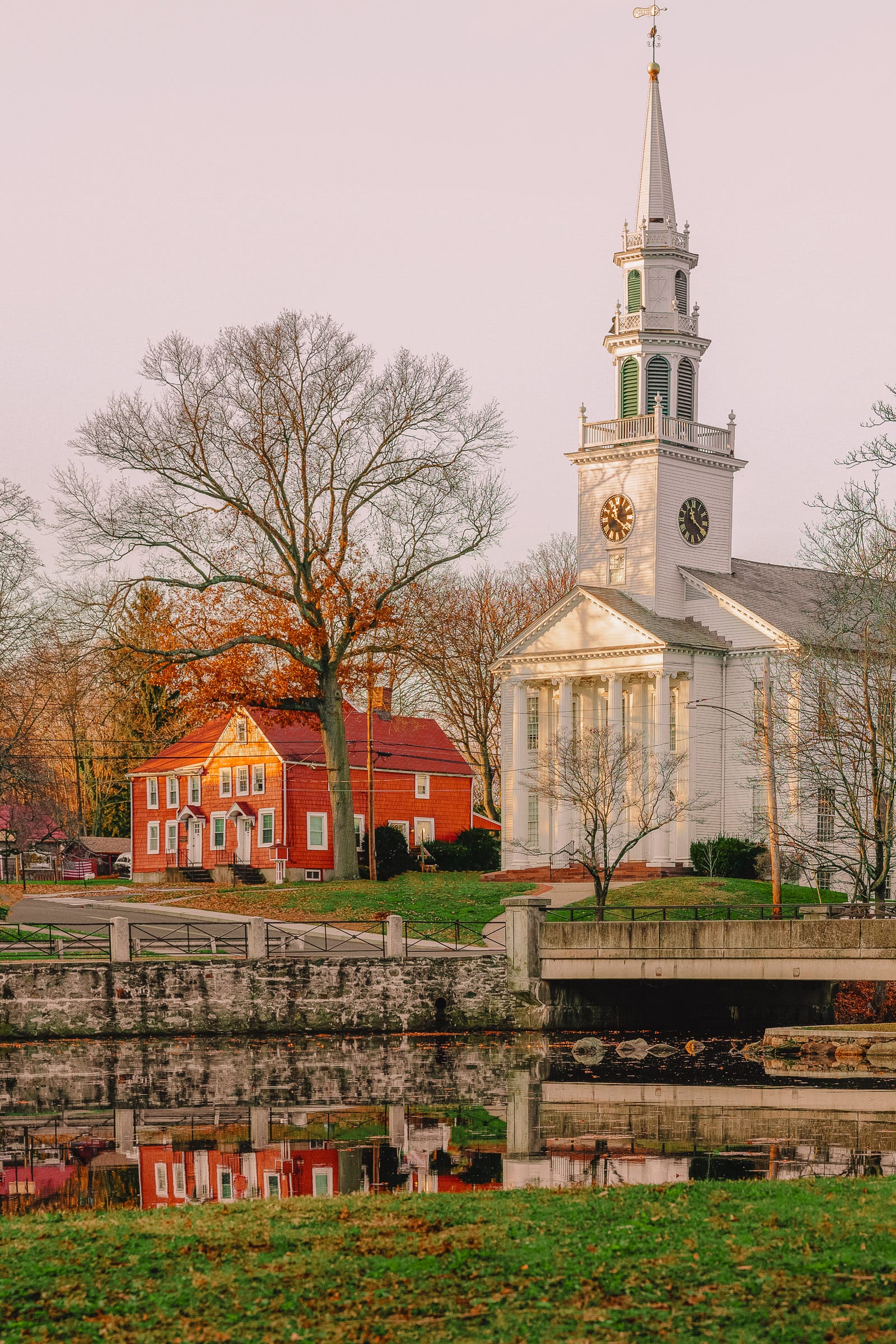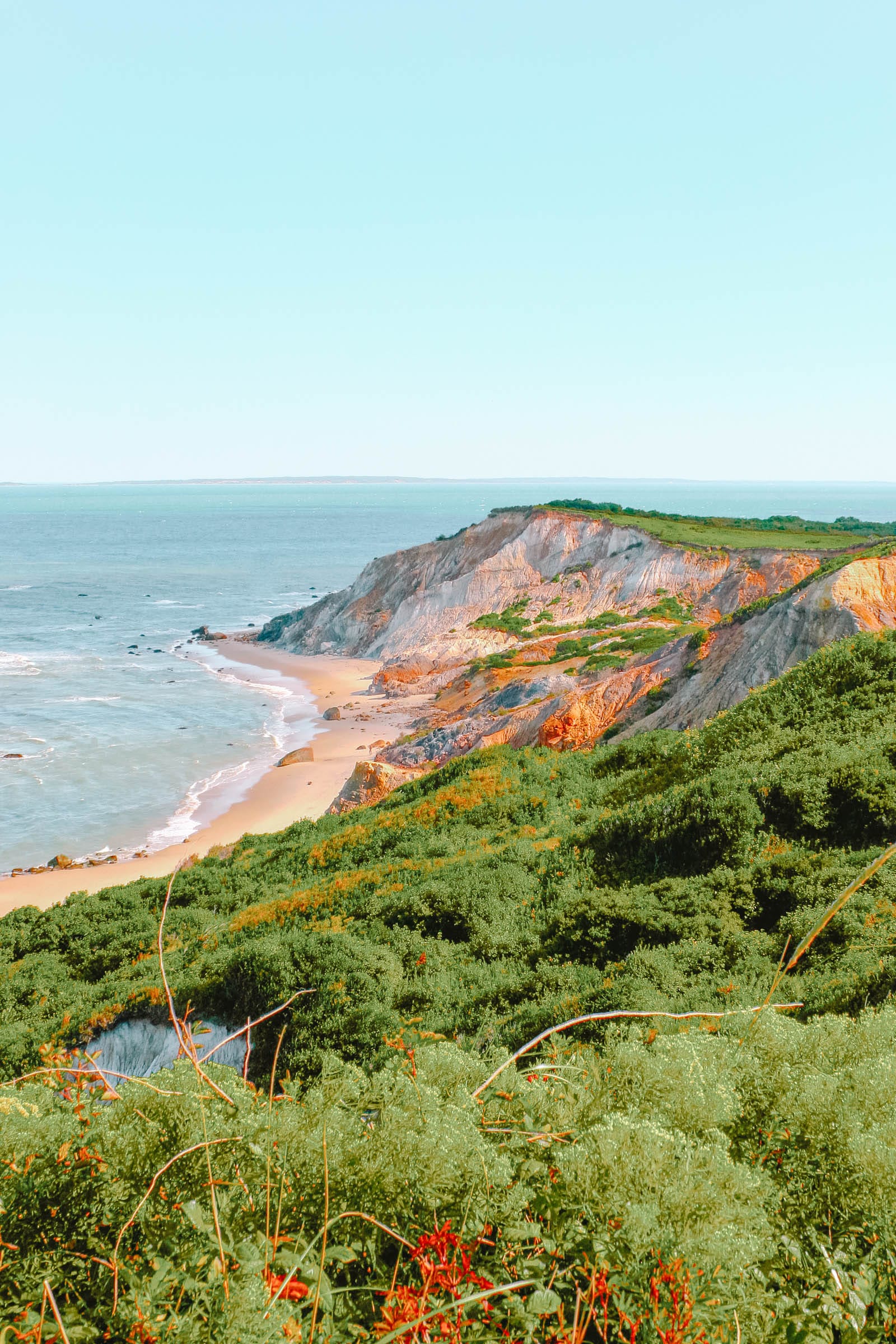Contents:
- 1. Wawel Royal Castle and Wawel Cathedral
- 2. Główny Rynek (Main Market Square)
- 3. Auschwitz-Birkenau
- 4. Explore Kazimierz
- 5. Wieliczka Salt Mine
- 6. Schindler’s Factory museum
- 7. Eat street food
- 8. Nowa Huta
- 9. Klub Awaria
- 10. Cruise along the Vistula
- 11. Swim in Zakrzowek
- 12. Dine at a bar mleczny
- 13. Summit Kopiec Kościuszki
- 14. Spend your night out finding a “lost bar”
- 15. Hang out in Tytano

Crowned with an impressive royal castle and adorned with church spires and world-class museums, Kraków seamlessly merges historical significance with cosmopolitan vibrancy.
The streets of the former Jewish quarter, Kazimierz, along with the nearby Auschwitz, are poignant reminders of the tragedies of the 20th century, while the lively crowds in Kraków’s main square and the restaurants lining the picturesque lanes of the Old Town embody the joy of contemporary life. Alongside major attractions, simpler local pleasures flourish: leisurely walks along the Vistula River; indulging in hearty home-cooked meals at a retro bar mleczny (cafeteria); enjoying live music at renowned dive bars; sipping coffee in the trendy Tytano district; and marveling at the art nouveau architecture.
Here are the premier experiences to enjoy in Kraków.

1. Wawel Royal Castle and Wawel Cathedral
Dominating Old Town from its elevated position on Wawel Hill, this magnificent royal castle, once the seat of Polish royalty for centuries, stands as the city’s most striking landmark, symbolizing national pride. This 16th-century Renaissance palace represents merely the latest architectural phase; royal residences have occupied this site since the 11th century, and many have been lost to fire, expansion, or military attacks.
Notable highlights within include the 16th-century tapestries and intricately carved wooden heads in the grand state rooms, the royal private apartments offering an intimate insight into the monarchs’ lives, the crown jewels housed in the treasury, and the Szczerbiec (jagged sword), significant to Polish coronations since 1320, located within the vaulted Gothic armory.
Allocate ample time to explore the adjacent Wawel Cathedral, where many of Poland’s monarchs rest in ornate tombs, alongside the remains said to belong to the legendary Wawel dragon. While the grounds are free to access, it is advisable to reserve tickets in advance for popular exhibits, ideally at least two weeks ahead.

2. Główny Rynek (Main Market Square)
Encircled by restaurants and graced by picturesque centuries-old buildings, Główny Rynek (Main Market Square) serves as the focal point of Old Town and is recognized as Europe’s largest medieval town square. After perusing the offerings inside the market building, delve into the Middle Ages by visiting the medieval-meets-21st-century museum located beneath the square.
Innovative multimedia exhibits, holograms, and animated figures recreate medieval market experiences while educating visitors about practices surrounding vampire prevention burials. Advance online reservations for tickets are recommended; there is free entry on Tuesdays, and the museum is closed on the second Monday of each month.

3. Auschwitz-Birkenau
Upon arrival, the emotional weight of the site may resonate unexpectedly. Some may find themselves impacted by the “Death Block” with its torture cells and crematorium, while others may be moved by the gas chambers and the imposing rows of crematoria chimneys at Birkenau, the site of mass killings. Other poignant reminders include mountains of eyeglasses and prosthetic limbs, human hair collected from victims for textile production, and piles of battered suitcases, bearing the addresses of those who met their end in this Nazi extermination camp.
In any case, Auschwitz will leave a lasting impression. Over a million Jews, alongside numerous Poles and Roma, were systematically murdered here between 1940 and 1945, and the preserved death camps serve as a brutal yet necessary educational experience.
The site is accessible via bus, train, and organized day tours from Kraków. While independent visitors can explore without a guide, joining a tour enhances the experience, featuring a screening of the graphic 1945 documentary by Soviet liberators, along with exhibitions located in the barracks.

4. Explore Kazimierz
Southeast of Old Town, the Kazimierz district served as Poland’s pivotal center for Jewish culture for over 500 years until the Nazi regime devastated it through mass deportation and extermination. Following a period of decline during the Communist era, Kazimierz has undergone a revitalization in recent years.
Wandering through its streets offers a delightful insight into its historical landmarks, including the restored Old Synagogue and a 19th-century Jewish cemetery with surviving tombstones, the Moorish-style Temple Synagogue, and the poignant Galicia Jewish Museum, which details the history of Jews in Kraków. On weekends, browse the flea markets at Plac Nowy, or enjoy a film screening or concert at Cheder amidst the Jewish Culture Festival.

5. Wieliczka Salt Mine
This extremely popular attraction, located a short distance from Kraków, is a UNESCO World Heritage site. This subterranean network of corridors and chambers has been intriguing visitors since the 1720s. Note that it may not be suitable for those with claustrophobia—on a typical tourist tour, first-timers descend at least 125m (410ft) underground and explore the former mine for about two hours, while returning visitors may opt for a deeper immersion experience.
Key attractions include an underground lake, chapels embellished with statues carved from salt, and an impressive salt cathedral featuring chandeliers. Indeed, everything here is carved from salt—and yes, we tested the wall so you wouldn’t need to. Wieliczka Salt Mine can be easily accessed from Kraków by bus, train, or organized tour. It is advisable to bring a sweater.

6. Schindler’s Factory museum
You may be familiar with Oscar Schindler, the German industrialist who was portrayed in Steven Spielberg’s 1993 film Schindler’s List. During World War II, Schindler saved over a thousand Jewish individuals from deportation to death camps by providing them employment at his enamel factory. The Schindler’s Factory museum, which was featured in the film, underwent substantial renovation in 2010 and has emerged as one of Kraków’s essential museums. It is wise to secure a timed entry slot in advance, as it is frequently busy. Be sure to explore the excellent permanent exhibition titled Kraków During Nazi Occupation 1939-1945, which narrates the realities of daily life, clandestine resistance, and anti-Semitic abuses within the city during WWII.

7. Eat street food
Many cities are known for their distinct street food cultures. Paris boasts croissants, Hanoi is famous for its bánh mì, Vienna has kässekrainer, and Kraków features obwarzanek. These chewy, flavorful bagels, sprinkled with either poppy seeds or sesame seeds, are available at stalls on nearly every corner in Old Town, with locals ready to advise on the freshest options.
However, Kraków’s street food scene offers more than just bagels. For top-tier kielbasa (signature Polish sausage), seek out the Kiełbaski z Niebieskiej Nyski food truck located in front of the Hala Targowa market on ul. Grzegorzecka. Additionally, don’t miss zapiekanka—a half baguette topped with melted cheese, mushrooms, and a drizzle of ketchup, which represents Poland’s take on pizza, originally conceived in the 1970s with limited ingredients but now available with gourmet toppings at various stands. For a variety of zapiekanka vendors gathered under one roof, the Okrąglak food court at Plac Nowy in Kazimierz is recommended.

8. Nowa Huta
For an insight into the lives of steelworkers in the 1950s, take tram 4 or 10 from central Kraków to explore this exemplary site of socialist-realist urban planning and Communist architecture situated in the eastern part of the city. Should the uniformly grey, identical residential blocks not draw you in, consider a tour of Nowa Huta in a vintage, Communist-era Trabant with Crazy Guides, who will guide you into former nuclear fallout shelters while treating you to vodka.
9. Klub Awaria
Klub Awaria is reminiscent of the type of dive bar that your parents might have cautioned you against—an establishment with sticky floors and vaulted ceilings, where patrons revel in a carefree atmosphere that welcomes newcomers to partake in the unconventional festivities. Local blues and rock bands typically perform on the intimate stage, and once the music ceases, expect spontaneous dancing on tables and the bar to classic tunes from Tina Turner.

10. Cruise along the Vistula
Cascading through the city, the slow-flowing Vistula River serves as a serene backdrop. Join local residents in their morning jogs along the footpaths that line the riverbanks, which extend several kilometers from Wawel Royal Castle to the city’s eastern suburbs, skirting Kazimierz along the route. Alternatively, if you are accompanied by locals, you may find yourself invited aboard a party boat equipped with a bar and a sound system; these can be rented by groups and essentially function as floating nightclubs. Alternatively, hour-long cruises departing from below Wawel Castle Hill provide views of significant landmarks, including the Dębnicki Bridge, the Norbertine Monastery, the Manggha Museum of Japanese Art and Technology, and the Piłsudski Bridge.

11. Swim in Zakrzowek
Enclosed by towering limestone cliffs and dense pine forest, this lagoon features clear turquoise waters that create a serene escape from the urban environment, despite being just a brief tram ride (routes 1 or 4) from Kapelanka, located southwest of Old Town. Initially a limestone quarry, the lagoon was intentionally flooded in 1990 after becoming redundant, turning it into a favored location for swimming and picnicking among locals. Currently undergoing renovations set to conclude in 2023, swimming and diving are temporarily prohibited, but the area remains ideal for scenic picnics and tranquil hikes.

12. Dine at a bar mleczny
Inexpensive, cheerful, and characterized by retro decor, a bar mleczny provides a nostalgic experience reminiscent of 1980s Poland—albeit positively. Scattered throughout the city, these highly affordable cafeterias invite you to mix with locals as you fill your tray with substantial staples such as soup, pierogi (filled dumplings), placki ziemniaczane (potato pancakes), and other comforting dishes—all while spending less than 10zl (approximately US$2). A branch is conveniently located at Grodzka 43 in Old Town, with another at Starowiślna 29 in Kazimierz.

13. Summit Kopiec Kościuszki
As you stand atop Wawel Hill, the green mound-like structures encircling Kraków may catch your eye. The origins of the Kraków Mounds are shrouded in mystery, but the oldest—Kopiec Krakusa and Wandy—are believed to have been constructed by pagan tribes millennia ago, possibly as part of a solar calendar; during the summer solstice, the sunrise occurs at Wandy and sunset at Krakusa. The Kopiec Kościuszki is relatively modern, completed in 1823 to honor a fallen Polish general. To enjoy exceptional views of Wawel Castle, St Mary’s Basilica, and Główny Rynek, catch bus 100 to the mound.
14. Spend your night out finding a “lost bar”
While other cities may have speakeasies, Kraków boasts its own variety of “lost bars.” The concept is similar, though Kraków’s hidden drinking establishments are a relatively recent trend. Venture to the Smakolyki restaurant on Floriana Straszewskiego, navigate to the cloakroom, and proceed to a concealed courtyard that opens into Mercy Brown. Experience the ambiance of 1920s Kraków, characterized by velvet sofas, mood lighting, chandeliers, and nostalgic cocktails (would you care for gin with jasmine tea cordial?). Burlesque shows are also part of the entertainment.

15. Hang out in Tytano
Located just west of Old Town, a dilapidated former tobacco factory has been repurposed into a vibrant hub for creatives, featuring art studios, exhibition spaces, beer gardens, and brunch cafes that draw Kraków’s youthful and trendy crowd. Check for current photography exhibitions or fashion events, then enjoy a coffee from one of Kraków’s specialty roasters at Bonjour Cava.




